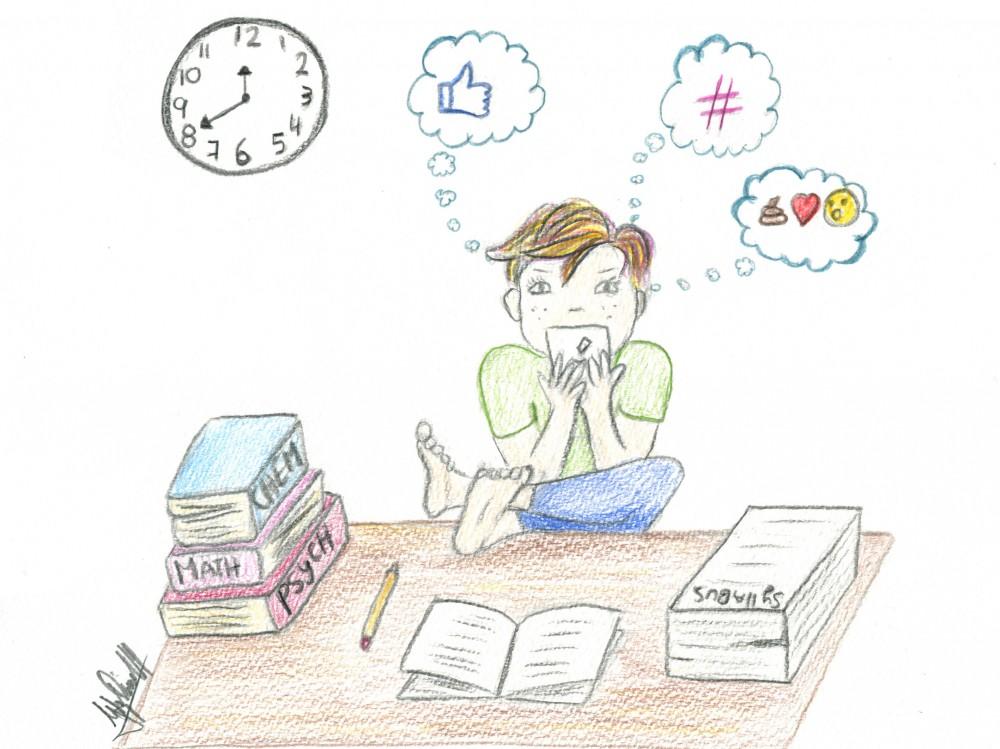Everything you need to know about pneumonia in children

Everything you need to know about pneumonia in children
Childhood pneumonia is a respiratory infection that affects the lungs of children, causing inflammation and difficulty in breathing. It is caused by a variety of bacteria, viruses, and other microorganisms which can be easily transmitted through coughing or sneezing.
Pneumonia kills more children than any other infectious disease.
Many people associate pneumonia with the elderly, but it is actually the biggest infectious killer of children worldwide.
Every year, it is estimated that, pneumonia claims the lives of more than 725,000 children under the age of 5, including around 190,000 newborns, who are particularly vulnerable to infection.
It is inexcusable that thousands of children are unable to access the essential health services and treatments, which can prevent pneumonia and save their lives.
Some causes pneumonia are;
Pneumonia is an acute respiratory infection of the lungs.
It doesn’t have one single cause.
it can develop from either bacteria, viruses, or fungi in the air.
When a child is infected, their lungs are filled with fluid and it becomes difficult to breathe.
Children whose immune systems are immature (i.e., newborns) or weakened such as by undernourishment, or diseases like HIV are more vulnerable to pneumonia.
Symptoms of pneumonia in children.
Pneumonia is an infection of the lungs.
The most common symptoms are coughing, trouble breathing, and fever.
Children with pneumonia usually experience fast breathing, or their lower chest may draw in or retract when they inhale (in a healthy person, the chest expands during inhalation).
Pneumonia is contagious
It can be spread through airborne particles (a cough or sneeze).
It can also be spread through other fluids, like blood during childbirth, or from contaminated surfaces.
How is pneumonia diagnosed in children?
Health workers can diagnose pneumonia through a physical exam, including checking for abnormal breathing patterns and listening to the child’s lungs.
Sometimes they may use chest x-rays or blood tests for diagnosis.
In countries without strong health care systems (i.e. few doctors, lack of access to chest x-rays and laboratories), health workers often rely on diagnosing pneumonia by counting the number of breaths the child takes per minute.
For instance, a 5-month-old child who takes 50 breaths per minute would be breathing too fast and could have pneumonia.
The number of breaths for ‘fast breathing’ depends on the child’s age younger children normally have higher breathing rates than older children.
What is the treatment for pneumonia?
The treatment for pneumonia depends on the type of pneumonia.
In developing countries, many pneumonia cases are caused by bacteria and can be treated with low-cost antibiotics.
Yet many children with pneumonia do not receive the antibiotics they need because they lack access to quality health care.
Other causes of pneumonia are viruses or mycobacteria (e.g., those causing tuberculosis) requiring other treatments.
Tuberculosis in particular often remains undiagnosed.
What role can oxygen play in treating pneumonia?
Oxygen is an essential and life-saving treatment for children and newborns suffering from severe pneumonia.
That’s because the inflammation of their lungs prevents enough oxygen from entering their bloodstream.
Access to oxygen has for a long time been unavailable to those who need it.
In many countries without strong health systems, oxygen is only available at higher-level health facilities and hospitals.
And the pressure of COVID-19 on oxygen systems has compounded pre-existing gaps.
Can pneumonia be prevented?
Pneumonia can be prevented in the first place by increasing protective measures, such as adequate nutrition, and by reducing risk factors like air pollution (which makes the lungs more vulnerable to infection) and using good hygiene practices.
Studies have shown that improved handwashing with soap reduces the risk of pneumonia by lowering exposure to bacteria.
Is there a pneumonia vaccine?
Pneumonia caused by bacteria is easily preventable with vaccines.
However, 40 percent of children around the world are not fully protected with the primary vaccine to prevent pneumonia; the Pneumococcal (PCV) vaccine.
In addition, other vaccines such as Diphteria-Tetanus-Pertussis and measles-containing vaccines and the Hemophilus Influenza B (Hib) vaccine protect children from pneumonia.
Where are the most children dying from pneumonia?
The countries with the largest number of child pneumonia deaths are concentrated in sub-Saharan Africa and Asia.
Child deaths from pneumonia are concentrated in the world’s poorest countries.
Within these countries, it is the most deprived and marginalized children who suffer the most.
They often have limited or no access to basic health services and are more likely to suffer from other health threats like malnutrition, infectious diseases, and polluted air.
They often live in fragile or humanitarian settings, where often risk factors increase and health systems break down.
What is needed to stop pneumonia?
Swift action is required to ensure that no child dies from pneumonia and other preventable or treatable diseases.
That response requires reducing risk factors, protecting children’s immune systems, and ensuring access to good-quality health care, free at the point of use, with well-trained and equipped health workers for all children.
Preventing pneumonia is possible if newborns and young children are breastfed early, vaccinated, have access to clean water, and good nutrition, and limited exposure to air pollution.
We must strengthen and prioritize routine immunization, scaling up access to pneumonia-fighting vaccines, particularly PCV, to ensure every child is protected from pneumonia.
And steps need to be taken to improve basic oxygen access and use, so no child is left fighting for breath.
It’s also crucial that we tackle the issue of wasting by investing in the prevention and treatment of severe acute malnutrition.
That will help to accelerate a reduction of child deaths from pneumonia.
Treating pneumonia also requires health workers to be within easy reach of families, and to have the right training, medicines, and diagnostic tools.
Both prevention and treatment require strong primary health care as well as engaged and empowered communities.
At least one child dies from pneumonia every 43 seconds.
Urgent action is needed now to end these preventable deaths.
Health workers who are trained and equipped to support both the prevention and treatment of pneumonia can change the course of the disease and help keep every child alive.
Join the Enlighten Knowledge Community








